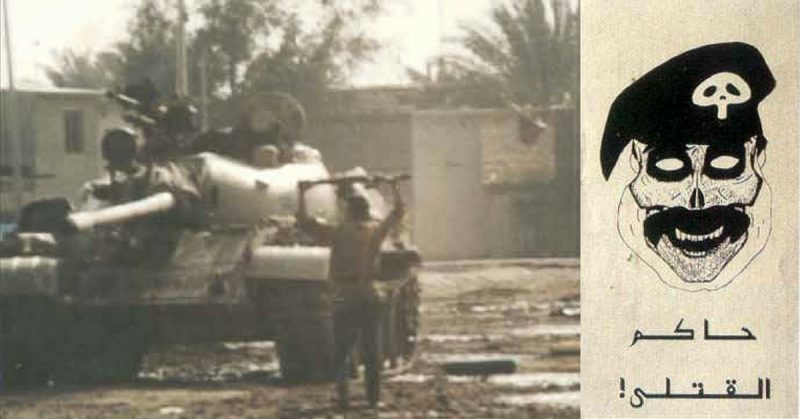Wars should never be seen as anything other than terrible. They have taken place since time immemorial and always for gain of some sort – for land, for wealth, for power or for religious ideals. Originally, war meant a test of strength between man and man – but over the ages, war machines have grown bigger, more powerful and very, very much more destructive.
Today, war can be fought at a distance and at a push of a button, spreading disaster, mayhem and death to the fighters involved as well as to thousands of civilians who essentially have little connection to the war. The Kurdish uprising of 1991 in Iraq is a case in point.
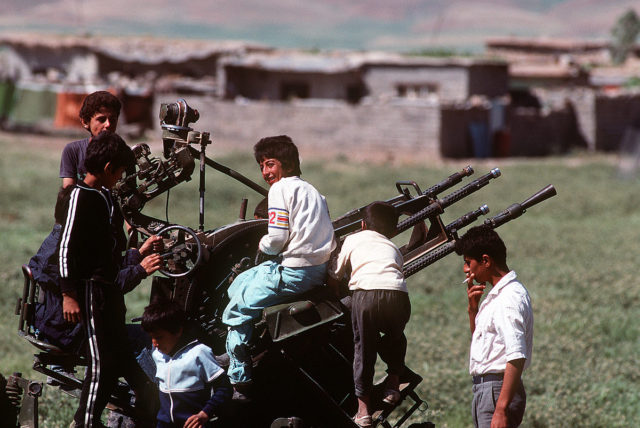
In August of 1990, Iraq had invaded Kuwait in what was known as the Gulf War. It was soon over, for after a month of devastating air attacks, as well as a land offensive, by a coalition under the leadership of the US, the Iraqi troops were expelled and Kuwait was liberated. Saddam Hussein, however, remained in power and continued with his brutal leadership.
Shortly after this Gulf War, the American president made a speech, saying “… the Iraqi people should put Saddam aside … that would facilitate the resolution of all these problems that exist and certainly would facilitate the acceptance of Iraq back into the family of peace-loving nations.”
Those words were taken by sections of the Iraqi people as an indication that they would receive American support in the event of an uprising. Also, Saddam had been defeated in the Gulf and so it was thought that his defences would be at a low point and vulnerable.
These two factors encouraged two different groups of Iraqi people, who had on many occasions experienced dreadful persecution by Saddam Hussein’s regime, to rebel. The Shia in the south of Iraq and the Kurds in the north began fighting for their rights, for fair treatment and particularly as a protest against the unjust and ruthless atrocities that had been practised against them for many years.
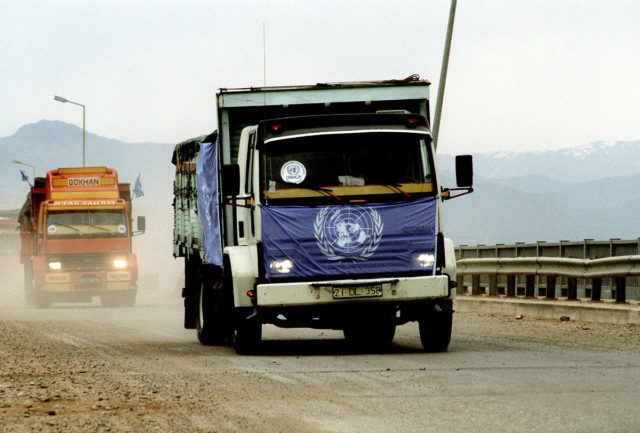
They had been the target of disappearances and assassinations, indiscriminate hangings and full-scale massacres, rapes, torture and the use of chemical weapons. It seemed there was very little Hussein’s regime would not stoop to with regard to these two communities.
The two rebel groups (Kurds and Shia) made such rapid progress that they were soon in control of 14 of the 18 provinces of the country and were fighting within a few miles of, and thus threatening, the capital city of Baghdad .
It was not too long, however before Hussein was able to regroup his forces. Utilizing a large number of tanks that had been saved from the Gulf War, he began to reclaim the cities held by the rebels. An important reason for the Government forces success was, that although the Gulf War ceasefire agreement disallowed them the use of fixed-wing aircraft for military purposes, they were permitted to fly helicopters, even the armed gunships.
This had been allowed on the grounds that the infrastructure of the transport system was extremely badly damaged and such craft was needed to transport government officials. The Iraqis began using these helicopters to fight the rebels – with devastating effect. The rebels, hopelessly under-supplied and with ineffective weaponry to fight with, were practically helpless against the gunships and artillery barrages. Added to these problems, the rebels were further weakened by internal divisions amongst themselves.
Continues on Page Two
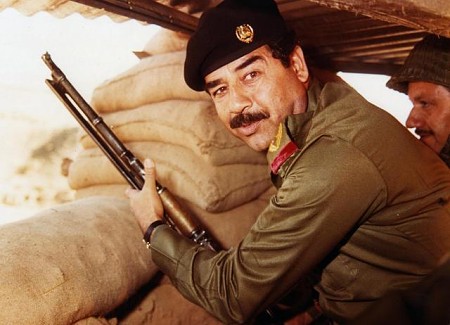
Saddam lost no time in dealing extremely harshly with the Kurd and Shia communities. There are countless reports of breaking into houses and shooting or rounding up the men, although women and children were not excluded, for mass executions, as well as of the strafing of the civilians trying to flee the country.
The Kurds, fearing Saddam would again use chemical weapons against them (as in 1988), fled to the borders. Kurdish forces tried to delay the Government troops so as to give the Iraqi Kurdistan civilians time to reach the safety of Turkey and Iran but were overwhelmed by the superior weaponry of the regime forces.
Over a million Kurdish refugees swamped the borders of Turkey and Iran. Turkey closed its borders, resulting in a large number of these refugees dying in the mountains before safe havens to relieve some of the suffering were set up by coalition forces, just within the Iraqi border.
Saddam Hussein continued his brutal dealings, added to which he had many centers of great historical value demolished and he also ordered that Shia Shrines be bombed. Further – he forced a whole community of Marsh Arabs out of their lands. He forcibly removed them, poisoned the water and burnt down their homes.
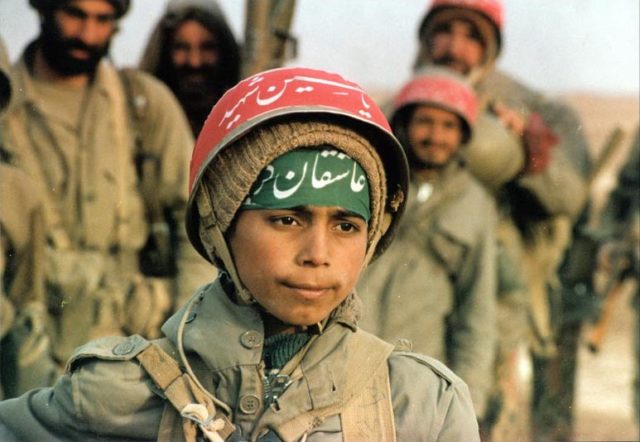
To prevent the return of these people, he drained the marshes situated on the Iranian border, between the Euphrates and Tigris rivers, thereby destroying their only means of self-support.
The crushing of the Shia and the Kurds was seen as “one of the most brutal acts of repression under Saddam Hussein, with an estimated death of tens of thousands of people in a period of just over two months.” The massacres negatively affected the people of Iraq and have become part of the collective memory of the country – a situation which is not been improved by the continued discovery of mass graves.
While the death of fighters is a tragedy – the deaths of innocent civilians, be they the aged, the men, the women or the children is a tragedy of disastrous and far-reaching proportions. One wonders whether mankind will ever learn to solve their differences in ways other than this indiscriminate killing of people.
